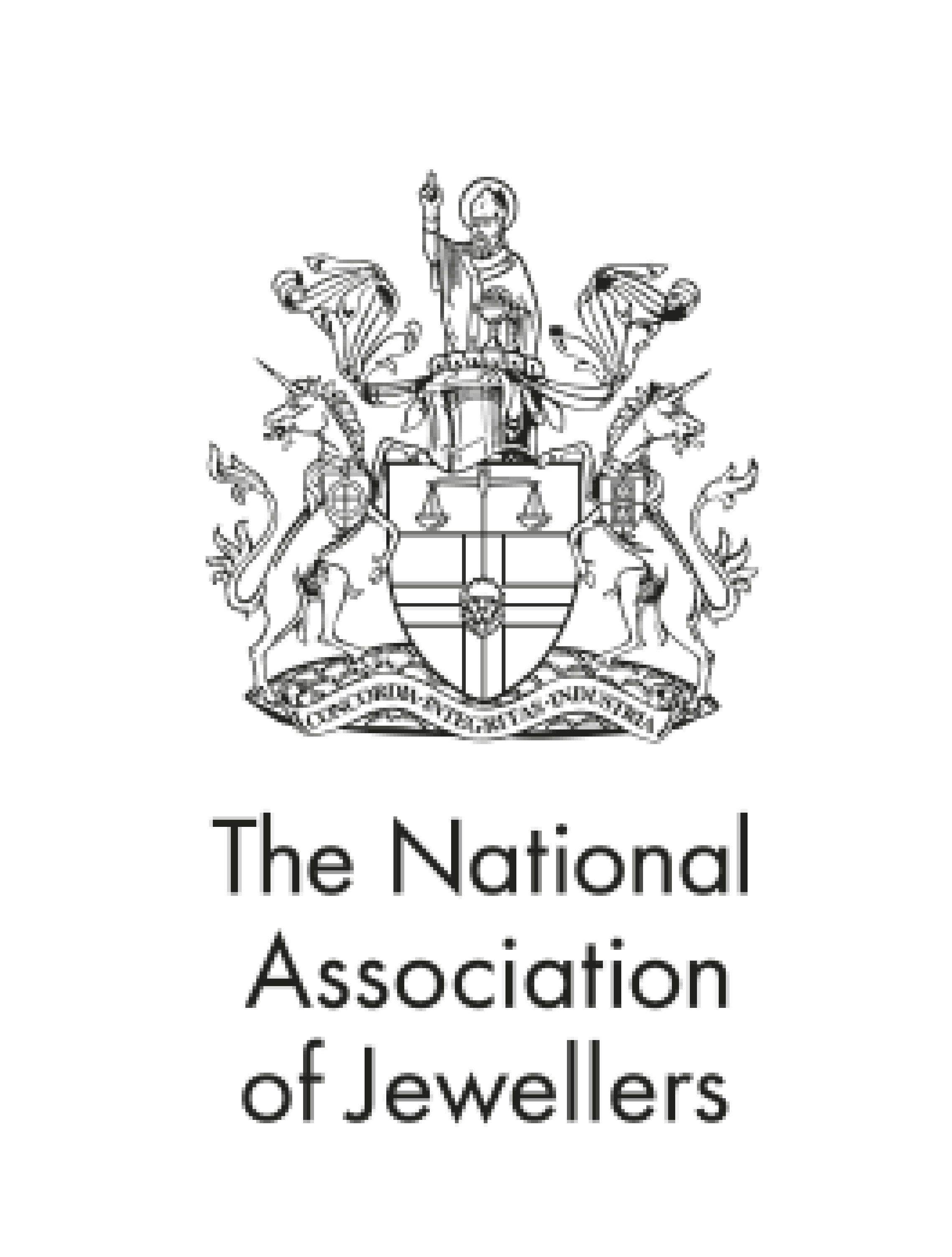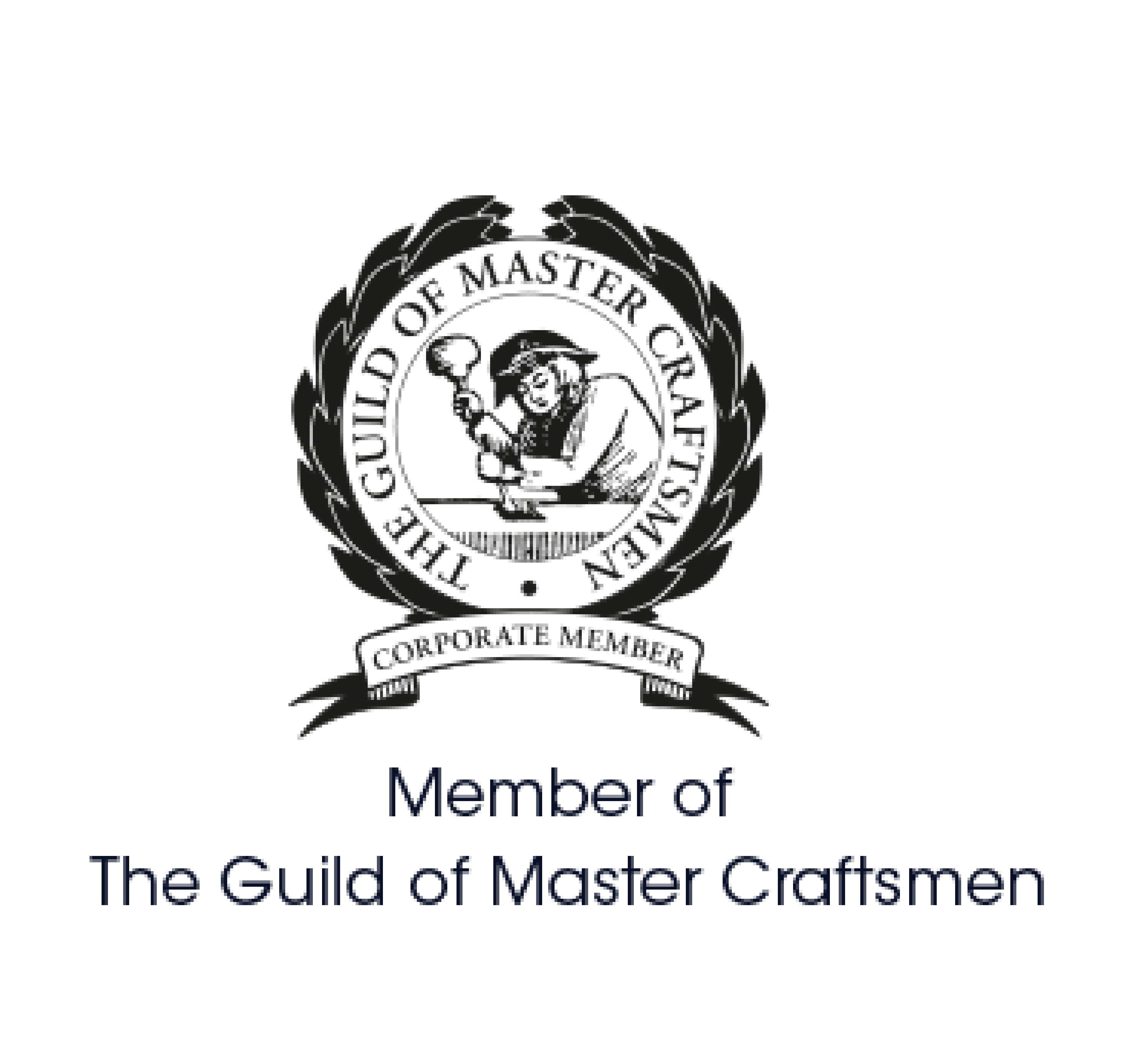Diamond rings, engagement rings or antique rings passed down from your family, each piece holds a story. A ring is more than just an accessory to accentuate your outfit, we know that with every curve and small detail there is a deeper meaning.
Dating back to as early as the Paleolithic period, where mammoth-bone rings were presumed to be used as storage and as exchange units, rings are arguably the most popular item of jewellery globally, used for both everyday wear and special occasions.
In this article, we focus on the poesy ring, one of the first rings to mark relationships between couples, and why the exchange of rings became prominent in marriage ceremonies.
The first wedding band: The poesy ring

Poesy rings, sometimes spelled “posy” or “posie” rings, are a type of ring that was popular in the Medieval times thanks to their accessible materials and intricate designs. The term “poesy” comes from the French word poésie, meaning poetry, aptly named for the engraved poem or declaration of love on the ring. These rings found fame as tokens of affection, often exchanged between lovers, friends, or as a promise of marriage.
More than simple jewellery, poesy rings served as intimate expressions of love, loyalty, and faith. Their inscriptions, typically engraved on the inner band, transformed each ring into a secret message for the wearer, from the gifter.
The Poesy ring was to be worn on the fourth finger of the left hand, which was believed to have contained a 'vein of love' that led directly to the heart of the wearer, similar to the originally belief for wedding rings even today.
The first poesy rings
The earliest known poesy rings date back to the 15th century, although similar styles likely existed earlier. These rings were popular in England and France, where courtly love and romantic poetry flourished. The Renaissance period, in particular, saw a surge in their popularity, coinciding with a broader cultural celebration of literature and the arts.
Most early poesy rings were given as gifts of love and commitment to one another. They might have been exchanged during courtship or as a promise of fidelity, often long before an official marriage ceremony took place, but the notion of their intention goes beyond a fleeting romance.
Poesy rings were also used to convey friendship or spiritual devotion, but inscribed with less romantic writings. Many of these early examples can now be found in museum collections, such as those held by the British Museum and the Victoria and Albert Museum in London.
Related: Our Guide to Bridal Jewellery
How were Poesy rings made?

Historically, poesy rings were crafted from a variety of metals depending on the wealth and status of the giver. Gold was the most common material, prized for its beauty and durability. However, silver was also popular, especially among the middle classes in England and France. Some early poesy rings were made of bronze or copper, reflecting more modest means.
To create a poesy ring, a blacksmith or metal worker would form a normal ring shape in the chosen metal, and once the metal has cooled, they would inscribe the ring with the desired text. This adds a more impactful sentiment to the act of giving the ring, something that is echoed through todays exchanging of the rings during a wedding ceremony.
The inscriptions of poesy rings

The defining feature of a poesy ring is the inscription. These phrases were most commonly engraved on the inside of the band, making them visible only to the wearer. The inscriptions were usually written in Latin, French, or English, often in the vernacular of the time, and expressed themes of love, fidelity, and faith.
Examples of typical inscriptions include:
“Mon cœur avez” (You have my heart)
“Love is the bond of peace”
“Je suys vostre sans departir” (I am yours without departing)
“United hearts death only parts”
The discreet nature of these inscriptions made them deeply personal. While the words might have been shared with the recipient in a tender moment, they were generally hidden from public view, making them a secret token of love.
Wedding Bands in the 21st Century
Today, we share wedding bands as one of the main events on your wedding day. Though aesthetically and materially different, wedding rings today serve as the physical attribution to your love story.
By the 9th century, the Christian church formally adopted the exchange of rings into wedding ceremonies. Though initially, these were plain bands, symbolising purity and unity, over time, rings became more elaborate, incorporating engravings, gemstones, and precious metals.
While wedding bands were originally worn only by women, the 20th century saw a significant cultural shift, and today, both partners commonly wear wedding bands as signs of commitment.
What are wedding bands made from?
Contemporary wedding bands continue to use precious metals like gold, platinum, and silver, but modern jewellery also embraces titanium, tungsten, palladium.
Platinum is one of the most popular choice for both men and women today. Unlike white gold, platinum does not require re-plating every few years, and can be offered with dazzling diamonds to offer undeniable opulence and sparkle.
Gold wedding bands are the most similar to that of poesy rings, echoing the delicate and warm tones of metals used previously. As a classic, romantic look, gold wedding bands offer a traditional look whilst suiting skin tones universally.
Related: What Metal Should You Choose for an Engagement Ring?
Choosing your favourite wedding band at Michael Spiers

At Michael Spiers, we understand that choosing your wedding band for you and your partner is a momentous moment. This will be the ring that you wear every day to represent your love and commitment to one another.
Though, unlike poesy rings, many of our wedding bands are not already inscribed, we do offer our own personal engraving service. So you can create your poesy ring to gift your partner on your special wedding day.
Our new Wedding suite in our Exeter showroom is the perfect place to enjoy a glass of champagne and find the wedding band that fits both you and your partner. If you are further afield. our showrooms in Truro, Plymouth and Taunton can also provide you with a friendly and expert service to help you.








